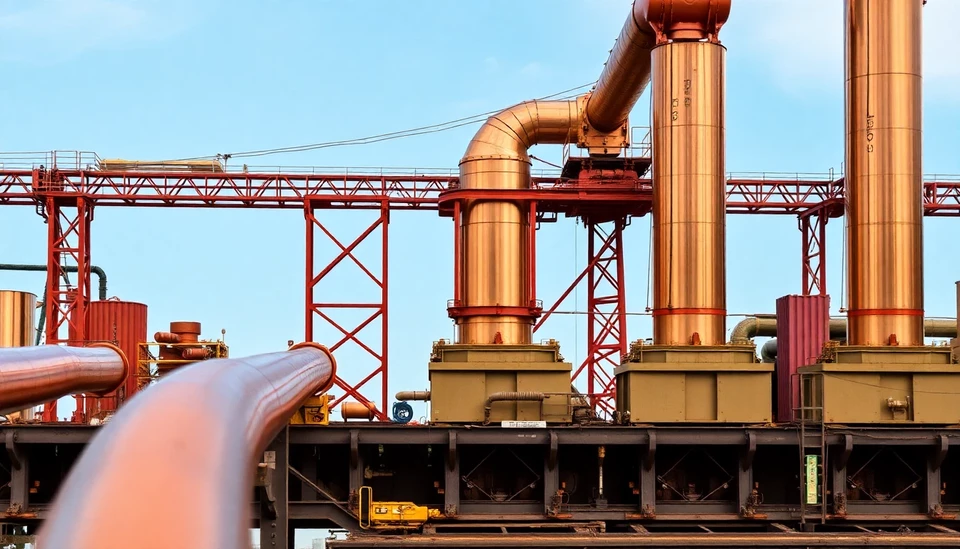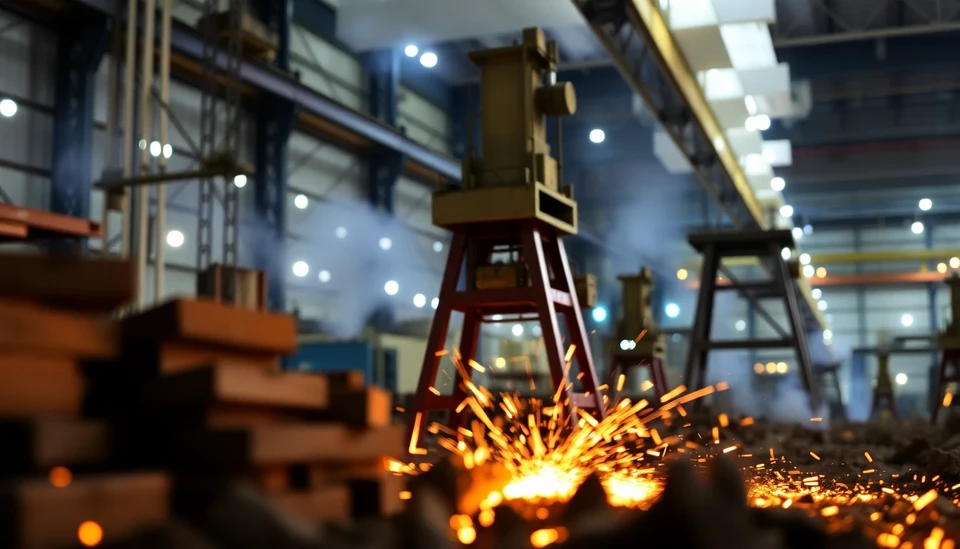
In a significant turn of events, copper prices in the United States have experienced a marked decline amid growing concerns surrounding the impact of former President Donald Trump's tariffs on the metal sector. Industry analysts indicate that these tariffs could dampen demand for copper, a critical metal in various sectors, including construction and electronics.
The latest reports reveal that copper futures have fallen sharply, reflecting market apprehensions about reduced consumption driven by these trade policies. As tariffs imposed on imported metals continue to exert pressure on domestic supply chains, manufacturers are reevaluating their production strategies, potentially leading to a downturn in overall industrial activity.
Market observers have pointed out that the construction sector, a significant consumer of copper, is particularly vulnerable to tariff repercussions. With costs rising, builders may scale back on projects or seek alternative materials, thereby shrinking the demand for copper. This potential slowdown in construction activity is a critical factor contributing to the bearish trend observed in copper prices.
Additionally, the electronics industry, which heavily relies on copper for components, is also bracing for adjustments as manufacturers confront increased material costs due to tariffs. The ripple effects of reduced demand from these key industries are influencing traders’ perceptions and leading to cautious market sentiment.
The U.S. copper market is a barometer for the broader economic climate, and the repercussions of these tariffs could extend beyond immediate pricing concerns. With inflation persistently affecting many economic sectors, manufacturers are now faced with balancing cost pressures while trying to maintain profitability. This scenario raises pivotal questions about the sustainability of production levels in the face of rising operational expenses.
As the market continues to react to these changes, stakeholders are closely monitoring any shifts in trade policy and its implications for the sector. The outcome could have lasting consequences not only for copper prices but also for the overall health of the U.S. manufacturing and construction industries.
In conclusion, the current trajectory of copper prices is a flashing warning sign in the broader landscape of U.S. economic activity. As industries adapt to the ongoing challenges posed by tariffs and inflation, the future of copper demand remains uncertain.
For those tracking the developments in the commodities market, the situation surrounding copper prices serves as a crucial indicator of economic health and industrial sentiment.
Hashtags:
#CopperPrices #TrumpTariffs #USManufacturing #MetalDemand #ConstructionIndustry #Economy #CommodityMarket
Author: Daniel Foster



